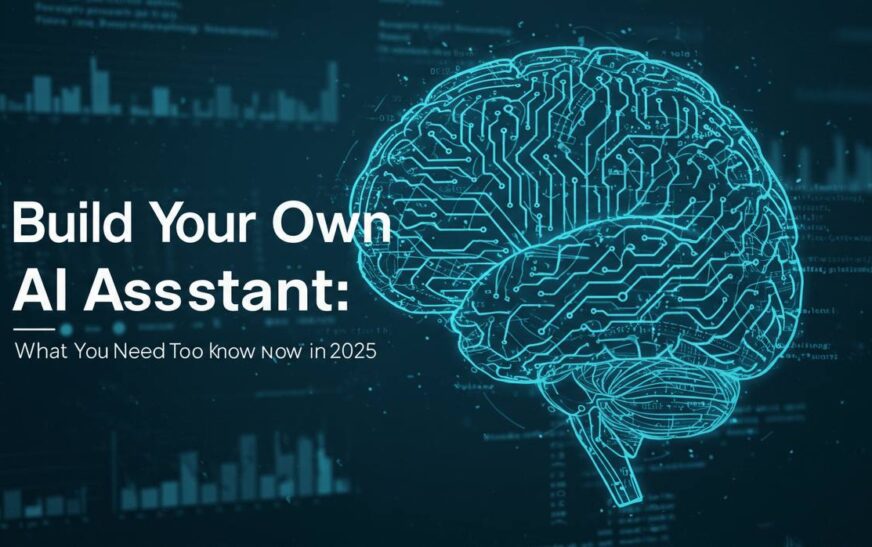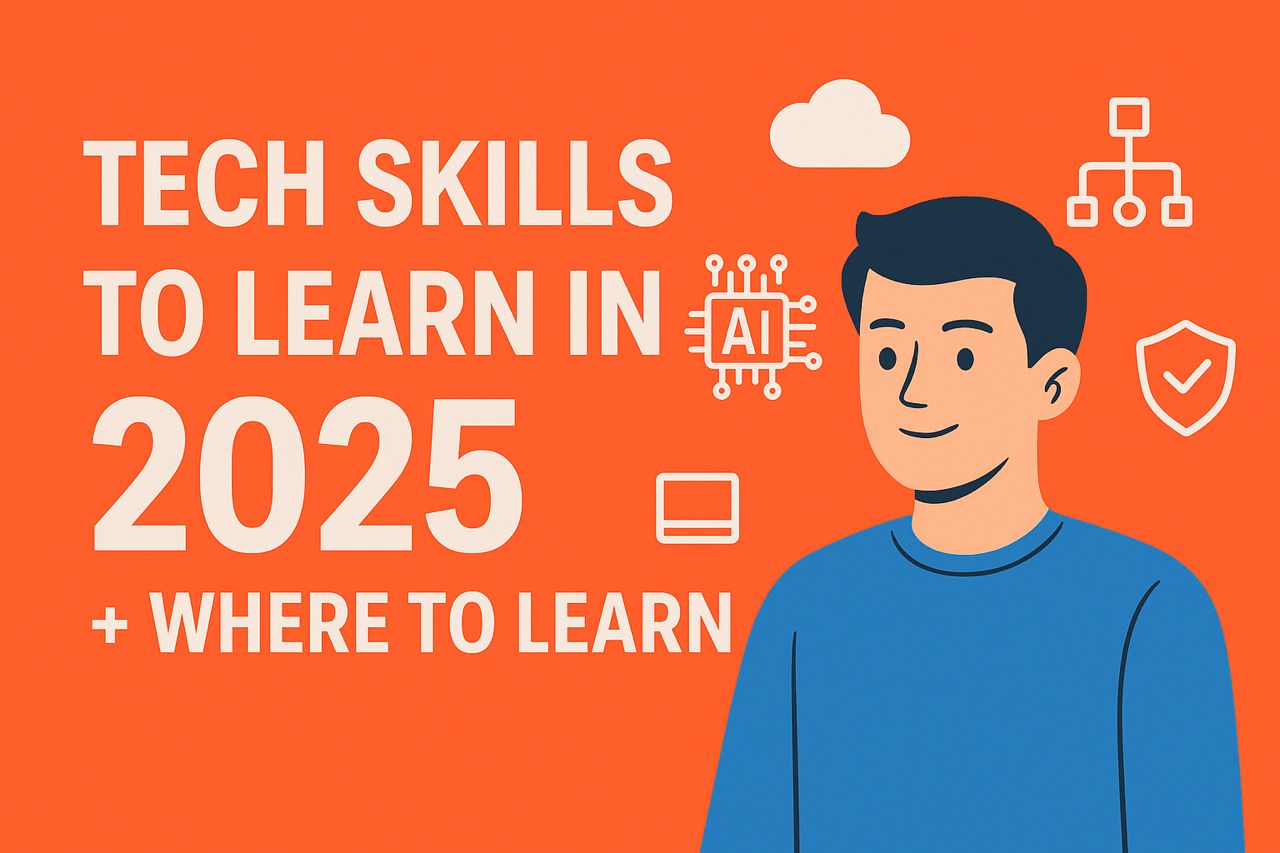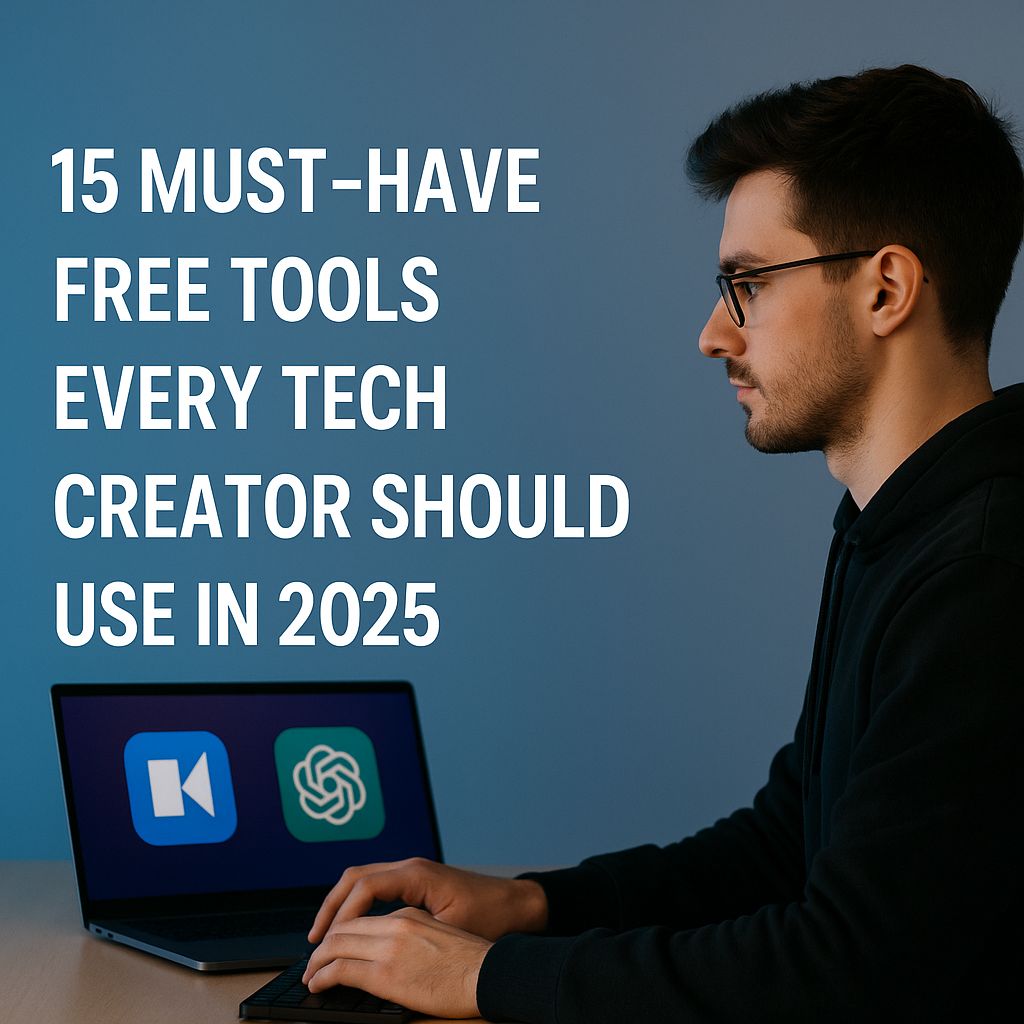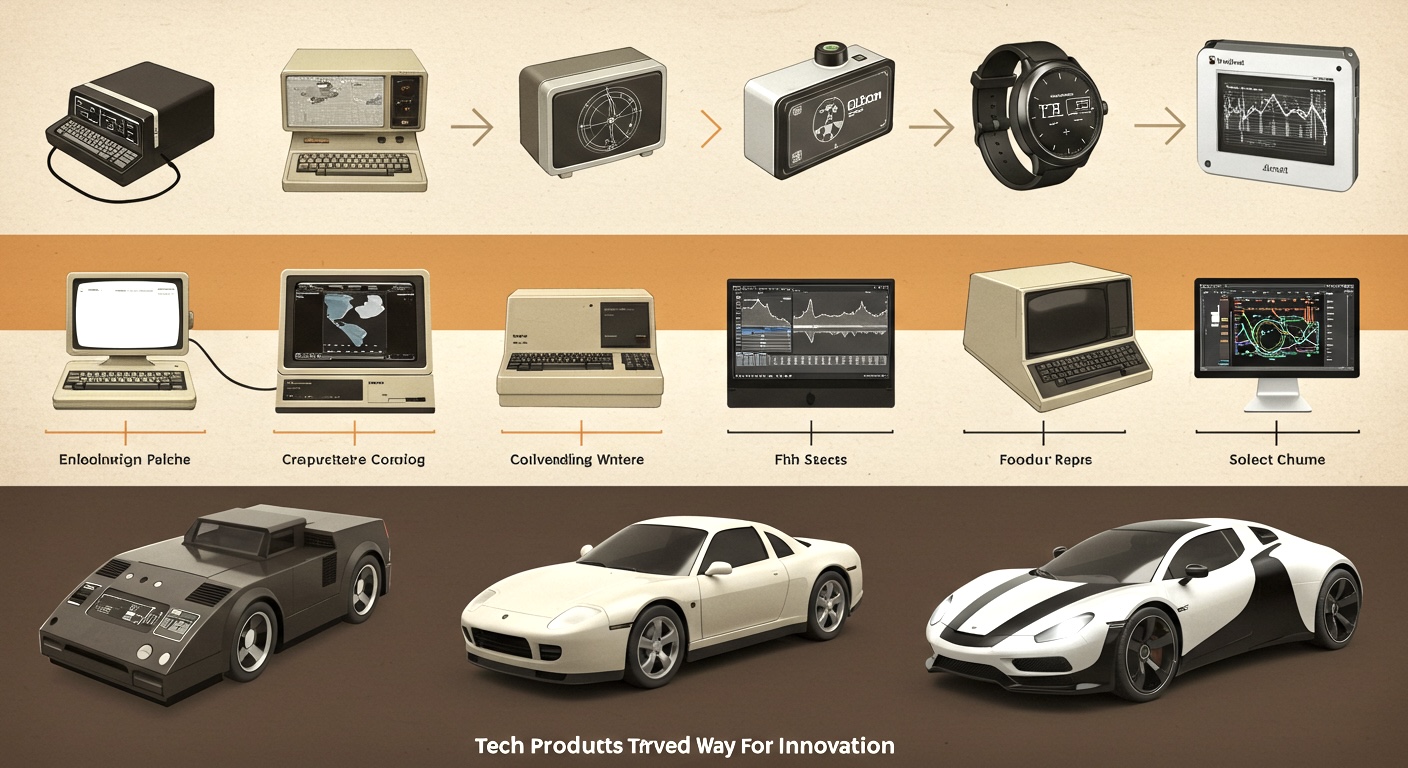Remember when AI felt like something only tech companies or sci-fi movies could pull off?
Yeah — that version of the story is way over.
In 2025, you don’t need to know how to code, manage servers, or work at OpenAI to have your own AI assistant — one that learns how you work, speaks in your tone, and helps you get things done faster, smarter, and with way less effort.
This post breaks down how to train your own AI assistant (without a PhD), what tools are making it easy, and why this might be the most important upgrade to your personal productivity you’ll ever make.
What Is a Personal AI Assistant, Really?
Let’s clear something up: I’m not talking about Siri or Alexa. This isn’t about telling a voice bot to set an alarm or play a playlist.
This is about building an AI version of yourself that can:
- Answer emails in your tone
- Schedule meetings based on your real priorities
- Summarize long documents the way you like them
- Remember context across conversations
- Even help draft content or reply to DMs
Think of it as a digital co-pilot that you train over time — and it gets better the more it works with you.
Why Personal AI Is Trending in 2025
Three reasons:
1. The Tools Finally Caught Up
Platforms like ChatGPT with memory, Custom GPTs, MindStudio, and Replika AI now let you fine-tune assistants on your tone, documents, habits, and goals — without writing a single line of code.
2. Everyone’s Busy
Burnout is real. So is overload. People are realizing that delegation doesn’t have to mean hiring — it can mean automating the boring stuff while staying in control.

3. Productivity Has Evolved
The productivity hacks of the last decade were notebooks, time trackers, or browser extensions. In 2025? Your assistant is the productivity tool.
Tools You Can Use to Train Your AI Assistant (No Coding Required)
Here are some platforms making it easy for anyone to build a personal AI assistant today:
1. ChatGPT Custom GPTs (with Memory)
- Create a custom GPT using your data, instructions, and tone
- Upload your bio, sample messages, or your calendar rules
- The assistant can learn how to be you in the right contexts
2. MindStudio by YouAI
- No-code builder that lets you create a “smart app” version of yourself
- Integrates with tools like Notion, Gmail, and Google Calendar
- Use cases: coaching, content creation, outreach automation
3. Personal.ai
- Designed for thought leaders and professionals
- Trains on your chats, docs, and voice to mimic how you think and speak
- Great for automating knowledge-based communication
4. Aug X Labs / Replika AI
- More conversational and emotional assistants
- Some are building full “digital twins” — voice, tone, even appearance
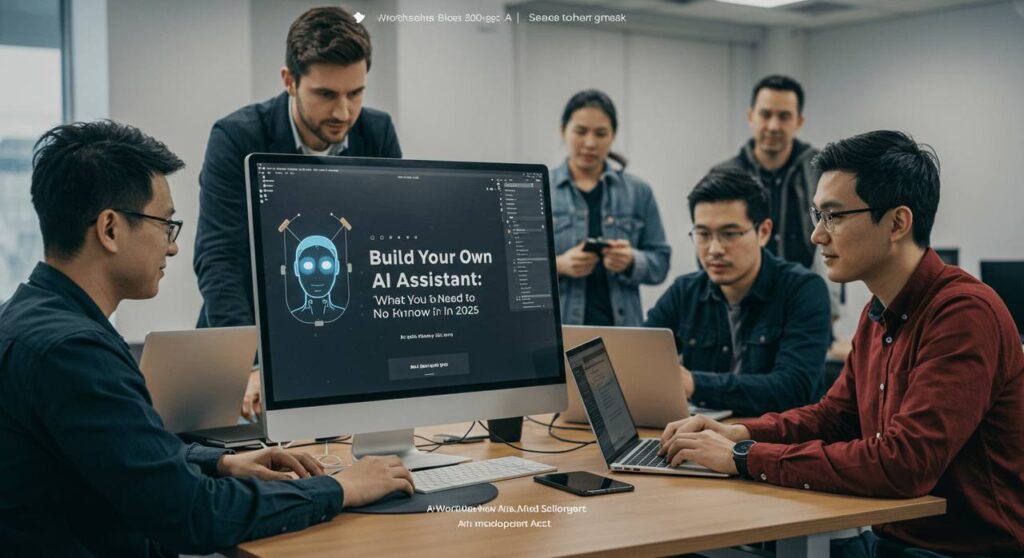
Real-Life Use Cases You’ll Actually Care About
Let’s talk practical.
Here’s how people are using their AI assistants today:
- Freelancers: Automate client onboarding, write proposals, and follow up
- Founders: Delegate pitch deck drafts, summarize investor calls, write updates
- Content Creators: Draft captions, respond to comments, brainstorm ideas
- Students: Summarize readings, generate citations, study with flashcard-style Q&A
- Corporate Professionals: Email replies, meeting summaries, project documentation
And it’s not just about time-saving — it’s about staying consistent, focused, and scalable.
How to Start Training Yours (in 3 Simple Steps)
If you’re curious and ready to try, here’s a simple path to follow:
Step 1: Pick a Tool
Start with something easy, like a Custom GPT inside ChatGPT or Personal.ai. No installations needed.
Step 2: Feed It You
Upload or paste:
- Your bio
- A few emails or replies you’ve written
- Some instructions on how you prefer to work
This gives your assistant tone, structure, and purpose.
Step 3: Test & Tweak
Ask it to do something simple:
- “Reply to this email”
- “Summarize this doc for a client”
- “Write a caption in my tone”
Give feedback. Improve. Rinse and repeat.
What This Means for the Future of Work
We’re heading into a future where the line between you and your tools gets thinner.
If you’re not building an assistant yet, there’s a good chance you’ll be working with one — or against one — sooner than you think.
And the people who learn how to train their own AI now? They’re not just more productive — they’re more valuable, more scalable, and way ahead of the curve.
Final Thoughts: Build It Like You’d Train a Teammate
Think of your AI assistant like a junior teammate — not magic.
You still need to teach it, guide it, and refine how it works. But once it gets rolling, you’ll wonder how you ever lived without it.
Because this isn’t about replacing yourself. It’s about extending yourself — intelligently, creatively, and intentionally.
Ready to Build Yours?
If you’re curious to try it, start small. Pick one workflow that drains you, and train your AI to handle it. Test it. Improve it.
And if you want a deeper dive or a walkthrough, subscribe and stay tuned — I’ll be sharing a beginner’s guide to setting up a personal GPT from scratch soon.
In the meantime, leave a comment — I’d love to hear how it’s working for you.
Related Posts
7 Surprising Ways AI Is Changing Our Lives Right Now
AI vs Human Creativity: Who Will Win the Innovation Race?
From Screechy Modems to Web3 Magic: The Internet’s Wild Evolution


